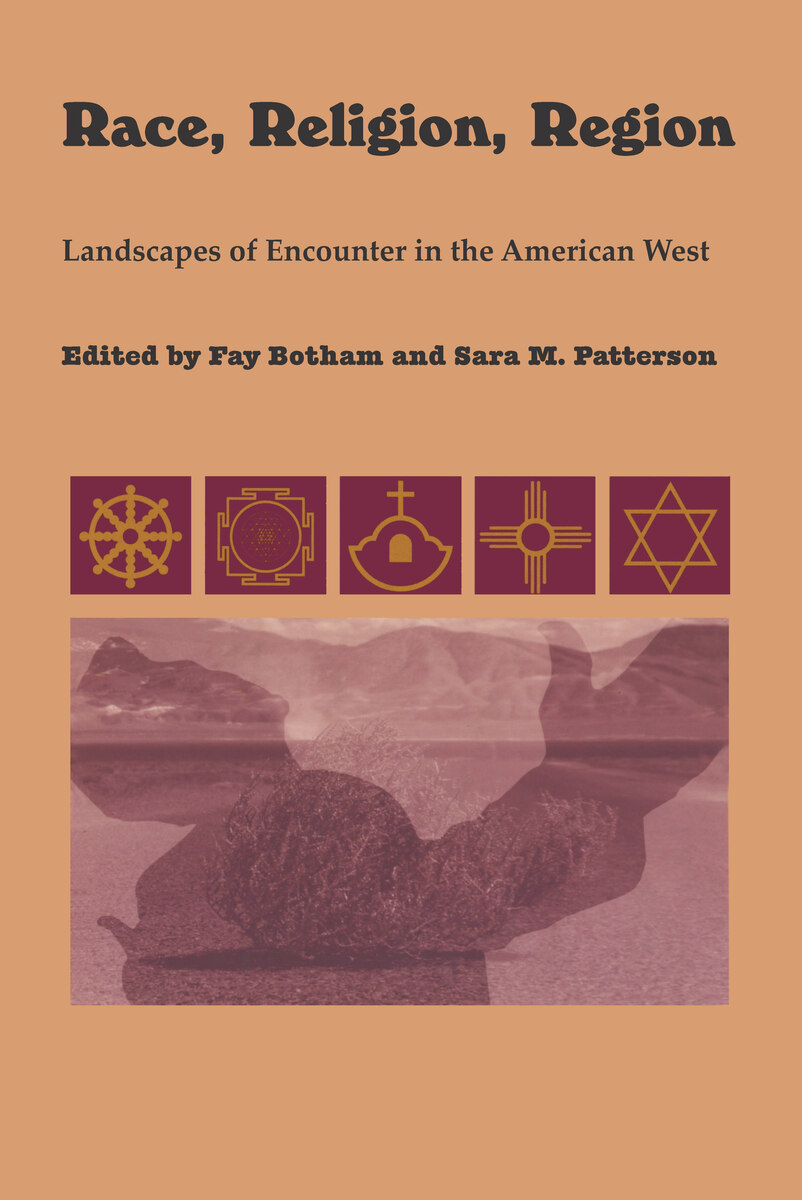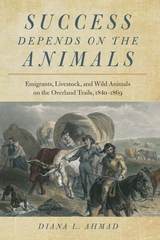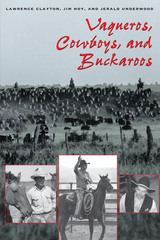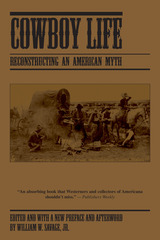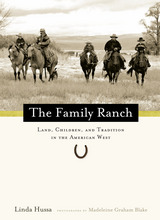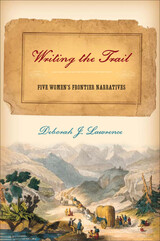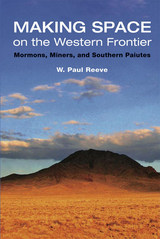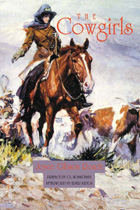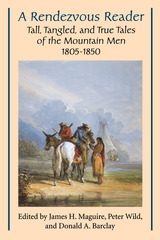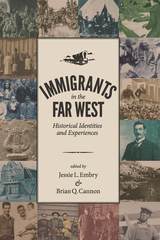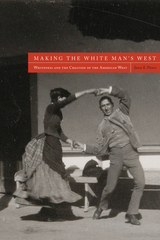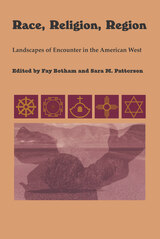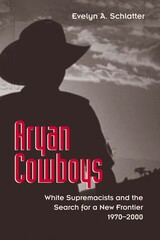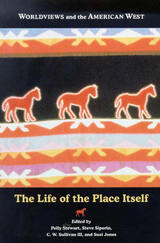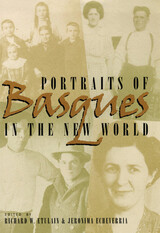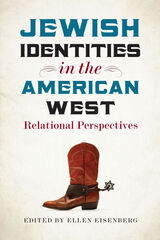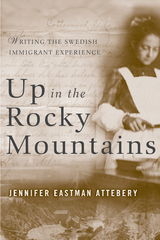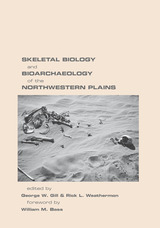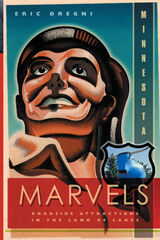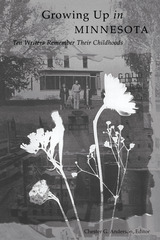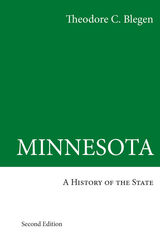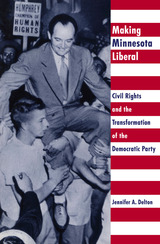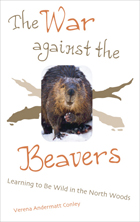Race, Religion, Region: Landscapes of Encounter in the American West
University of Arizona Press, 2006
eISBN: 978-0-8165-5050-0 | Cloth: 978-0-8165-2478-5
Library of Congress Classification F596.2.R32 2006
Dewey Decimal Classification 305.800978
eISBN: 978-0-8165-5050-0 | Cloth: 978-0-8165-2478-5
Library of Congress Classification F596.2.R32 2006
Dewey Decimal Classification 305.800978
ABOUT THIS BOOK | REVIEWS | TOC
ABOUT THIS BOOK
Racial and religious groups have played a key role in shaping the American West, yet scholars have for the most part ignored how race and religion have influenced regional identity. In this collection, eleven contributors explore the intersections of race, religion, and region to show how they transformed the West. From the Punjabi Mexican Americans of California to the European American shamans of Arizona to the Mexican Chinese of the borderlands, historical meanings of race in the American West are complex and are further complicated by religious identities.
This book moves beyond familiar stereotypes to achieve a more nuanced understanding of race while also showing how ethnicity formed in conjunction with religious and regional identity. The chapters demonstrate how religion shaped cultural encounters, contributed to the construction of racial identities, and served as a motivating factor in the lives of historical actors. The opening chapters document how religion fostered community in Los Angeles in the first half of the twentieth century. The second section examines how physical encounters—such as those involving Chinese immigrants, Hermanos Penitentes, and Pueblo dancers—shaped religious and racial encounters in the West. The final essays investigate racial and religious identity among the Latter-day Saints and southern California Muslims. As these contributions clearly show, race, religion, and region are as critical as gender, sexuality, and class in understanding the melting pot that is the West. By depicting the West as a unique site for understanding race and religion, they open a new window on how we view all of America.
This book moves beyond familiar stereotypes to achieve a more nuanced understanding of race while also showing how ethnicity formed in conjunction with religious and regional identity. The chapters demonstrate how religion shaped cultural encounters, contributed to the construction of racial identities, and served as a motivating factor in the lives of historical actors. The opening chapters document how religion fostered community in Los Angeles in the first half of the twentieth century. The second section examines how physical encounters—such as those involving Chinese immigrants, Hermanos Penitentes, and Pueblo dancers—shaped religious and racial encounters in the West. The final essays investigate racial and religious identity among the Latter-day Saints and southern California Muslims. As these contributions clearly show, race, religion, and region are as critical as gender, sexuality, and class in understanding the melting pot that is the West. By depicting the West as a unique site for understanding race and religion, they open a new window on how we view all of America.
See other books on: American West | Landscapes | Minorities | Religious life | Religious life and customs
See other titles from University of Arizona Press
